This week, read about the importance of sleep, simplified nutrition advice, pumpkin-spice bread recipe, and more.
More Organizations Recognizing the Importance of Sleep
 The quality and quantity of our sleep can profoundly affect our mental, physical, and emotional health. Unfortunately, many of us sacrifice the sleep we so desperately need to squeeze more into each day. Others may have the best intentions, but aren’t able to get a good night’s sleep. Many of us have experienced the effects of lack of sleep on mental functioning: research confirms that sleep deprivation can lead to impaired memory, difficulty concentrating, and decreased ability to learn.
The quality and quantity of our sleep can profoundly affect our mental, physical, and emotional health. Unfortunately, many of us sacrifice the sleep we so desperately need to squeeze more into each day. Others may have the best intentions, but aren’t able to get a good night’s sleep. Many of us have experienced the effects of lack of sleep on mental functioning: research confirms that sleep deprivation can lead to impaired memory, difficulty concentrating, and decreased ability to learn.
Sleep is also crucial for your physical functioning. It gives your body a chance to restore and repair itself, and is essential to keep your immune system in top form. A sleep deficit hinders coordination, reflexes, and the ability to learn a new skill. Sleep deprivation can affect the ability to process carbohydrates, manage stress, fight infection, and regulate hormones. Headaches and depression are also associated with lack of sleep.
Two new articles this week show that organizations are recognizing the importance of sleep for health. In this publication in the Journal Learning, Media and Technology, the authors examine the negative consequences of early school starts for adolescents, and propose later start times to improve learning and reduce health risks.
Another article looks at sleep deprivation in the workplace, and reports on a Conference Board of Canada survey showing that 78% of employees got to work tired at least some days in a week.
Sleep is an emerging area of research. It’s refreshing to see the results of this new research recognized and calls for action that might turn into policies for better health.
Simplified Nutrition Advice
If you are confused by nutrition headlines, you’ll find simplified research-based nutrition advice in the graphic below (from this well-written article, by Barbara Moran for the Harvard School of Public Health).

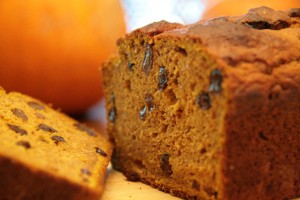 Healthy Pumpkin Spice Bread
Healthy Pumpkin Spice Bread
Here’s a great new recipe that I’ve added to my recipe collection that is perfect for Fall (or anytime, really!).
In this recipe, I’ve used as much pumpkin as possible to produce a tasty and moist bread without the loads of oil or other fat that most recipes call for. More pumpkin also means you’ll get more of this healthful vegetable in every bite.
More links of interest this week:
- Research shows outdoor walks improve mental health (Outside Magazine, Ecopsychology, September 2014)
- For maple syrup lovers (that’s me!): How to decipher confusing maple syrup labels. (Fooducate).
- Should you combine strength & aerobic exercise in a workout? Though earlier studies suggested interference, new research shows no loss in benefits. But don’t get lost in the minutia, just do what it takes to get to the gym . . . (Gretchen Reynolds, New York Times).
- The unfortunate consequence of the “whole food” movement. Interesting perspective by weight loss expert Dr. Sherry Pagoto. (FUDiet.com)
- The Food Babe and Rob Schneider: When companies choose badly. Scientists continue to rally against the Food Babe’s fearmongering & pseudoscience. (Science Blogs)
- Speedy Athletes Need Speedy Snacks: some good advice & tasty looking recipes for post-activity recovery (Jill Parnell, No Baloney Blog)
- Why we must teach children how to move->today’s parents need a new perspective. Excellent article! (Globe and Mail)
- So you want to write better science blog posts …some good advice. (Andrew Maynard, 2020science.org)
- Hollywood’s health experts: CDC-funded group helps TV shows present accurate health information (The Atlantic)
- More reasons to chose tap water over bottled: some plastic water bottles leach antimony & BPA when heated (Science Daily, Environmental Pollution, September 2014).
- Wheat Belly author spreads more misinformation in new book – now saying seeds of any grass are no good. (National Post). Here’s a review of Dr. Davis’ original Wheat Belly book by McGill University’s Joe Schwartz.
See More Issues of This Week in Food, Health, and Fitness
Share This:
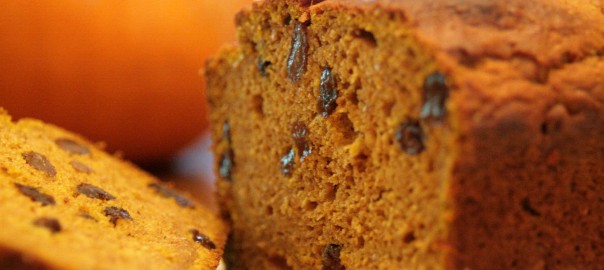

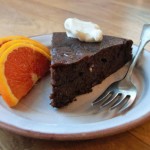
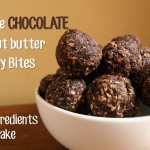

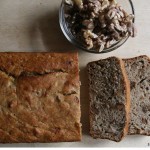
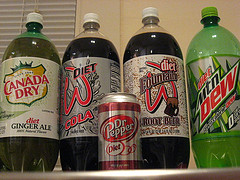 The microbiome is a fascinating and popular research area. New studies are leading to an emerging understanding of how our diet affects gut microbes, and how this can lead to changes in our bodies and influence our health.
The microbiome is a fascinating and popular research area. New studies are leading to an emerging understanding of how our diet affects gut microbes, and how this can lead to changes in our bodies and influence our health.


